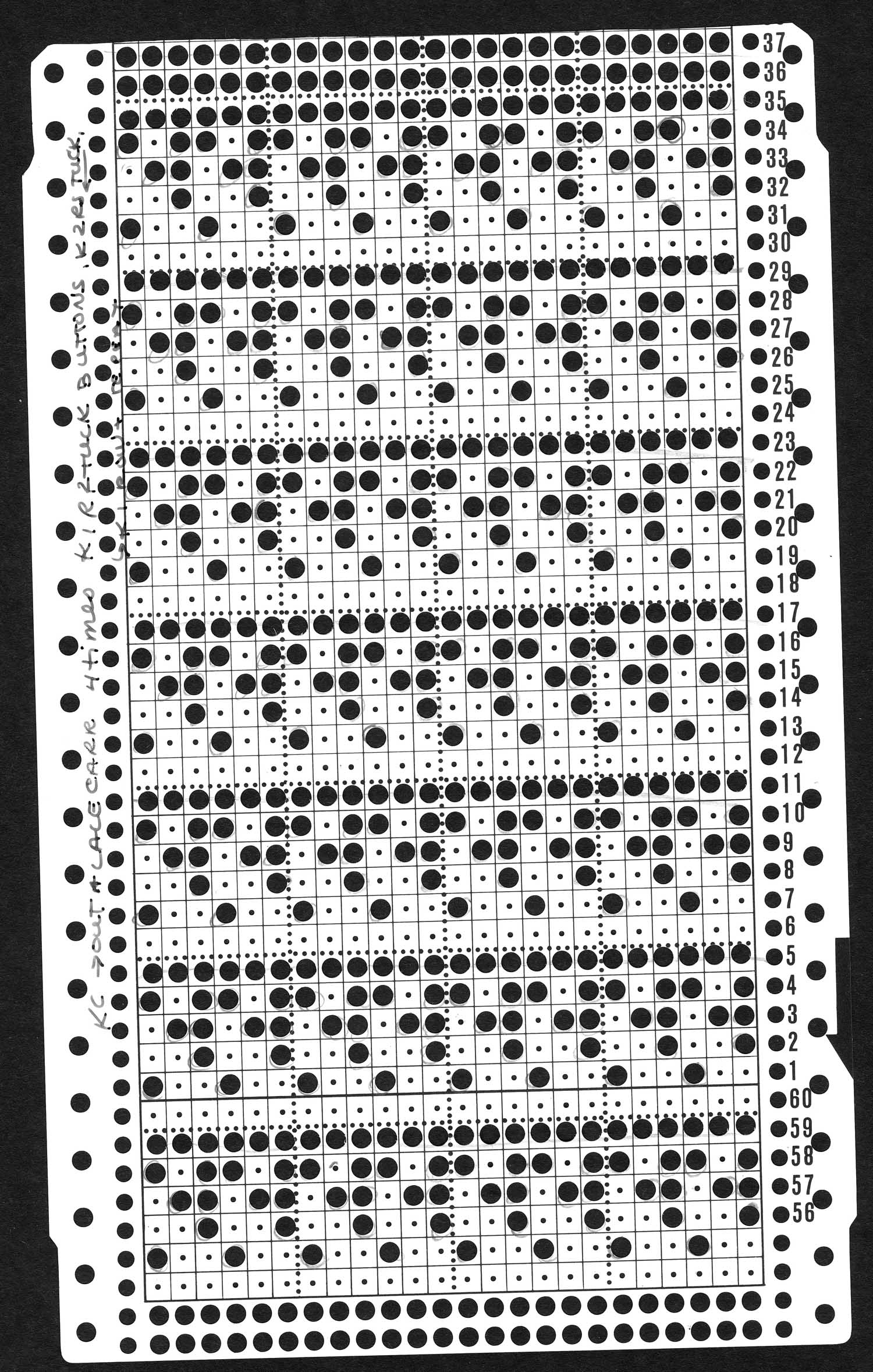A number of years ago Bob became enthralled with Charles Babbage’s computing machines as elucidated by the work of the late Allan Bromley of the University of Sydney. Bob is replicating Charles Babbage’s, working, small portion of Difference Engine No.1, as built by Joseph Clement in 1832, to as accurate a detail as possible, using modern techniques, from bronze and iron, similar to the original now in the Science Museum London. This replica is expected to work just as the original machine does.
This is now on gleaming display and nearing completion, here is Bob with his creation:
To demonstrate that complete reconstruction (to the point where the project was abandoned) of the entire Difference Engine is possible using Babbage’s 1833 drawings, Bob has built a full-scale mock-up of the machine including much of the driving and printing mechanism. He has also captured Babbage’s 1833 engineering drawings in modern CAD form. Here is the mock-up (about 3.5 metres tall).
Bob also was fascinated by the Australian Julius totalisators and has preserved a portion of one of the machines in near-operating order:
If that were not enough, Bob has on display his comprehensive collection of early typewriters and mechanical calculating machines. This includes many choice pieces, including examples of Otto Steiger’s multipliers of the 1890s.
And there is much more. The Shed also houses sewing machines, a gyroscopic compass, gunfire control computers, phonographs and a pedal-powered dentist drill. There are also modern computers, a PDP-7 (on which Unix was developed) and a working PDP-8.
So. If you are a computing history aficionado, no visit to Sydney should be without a visit to the Discovery Shed. Bob Moran can be contacted at bob.moranj@gmail.com.
[Posted by Bob Doran]













